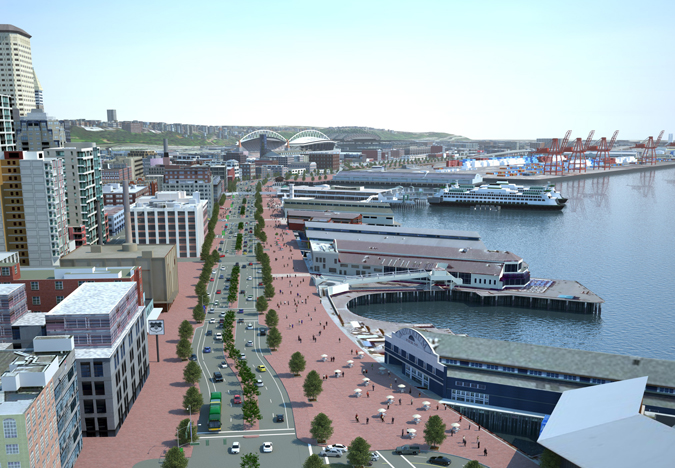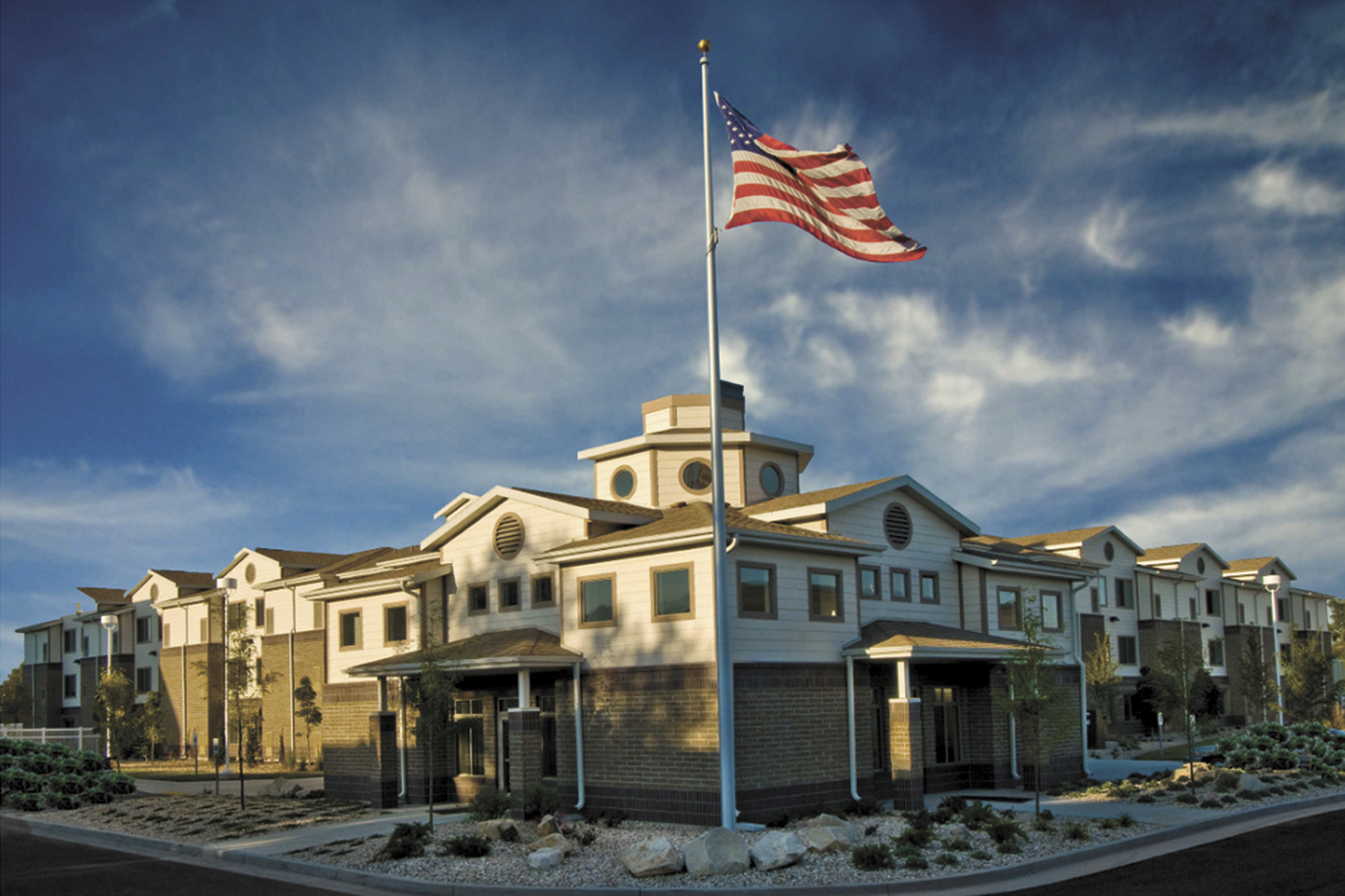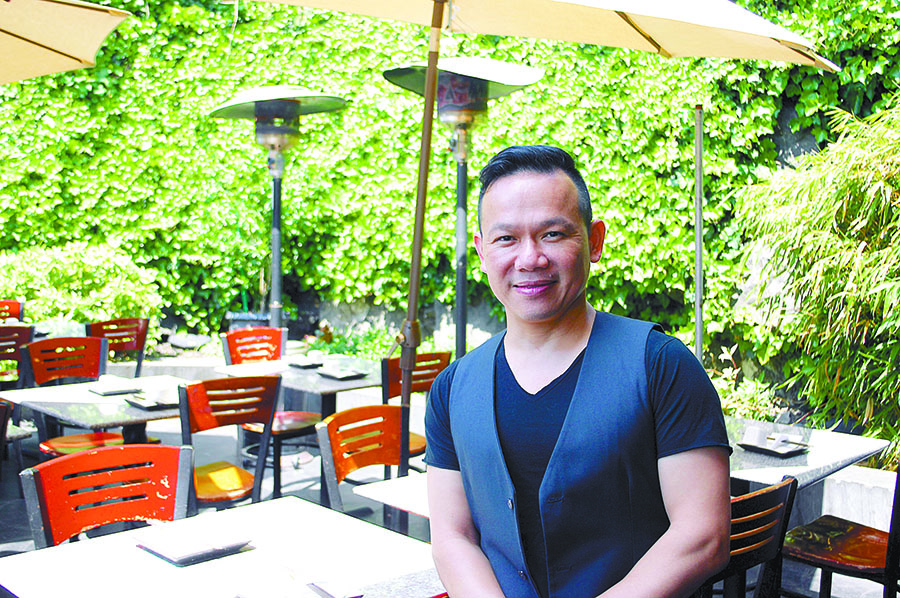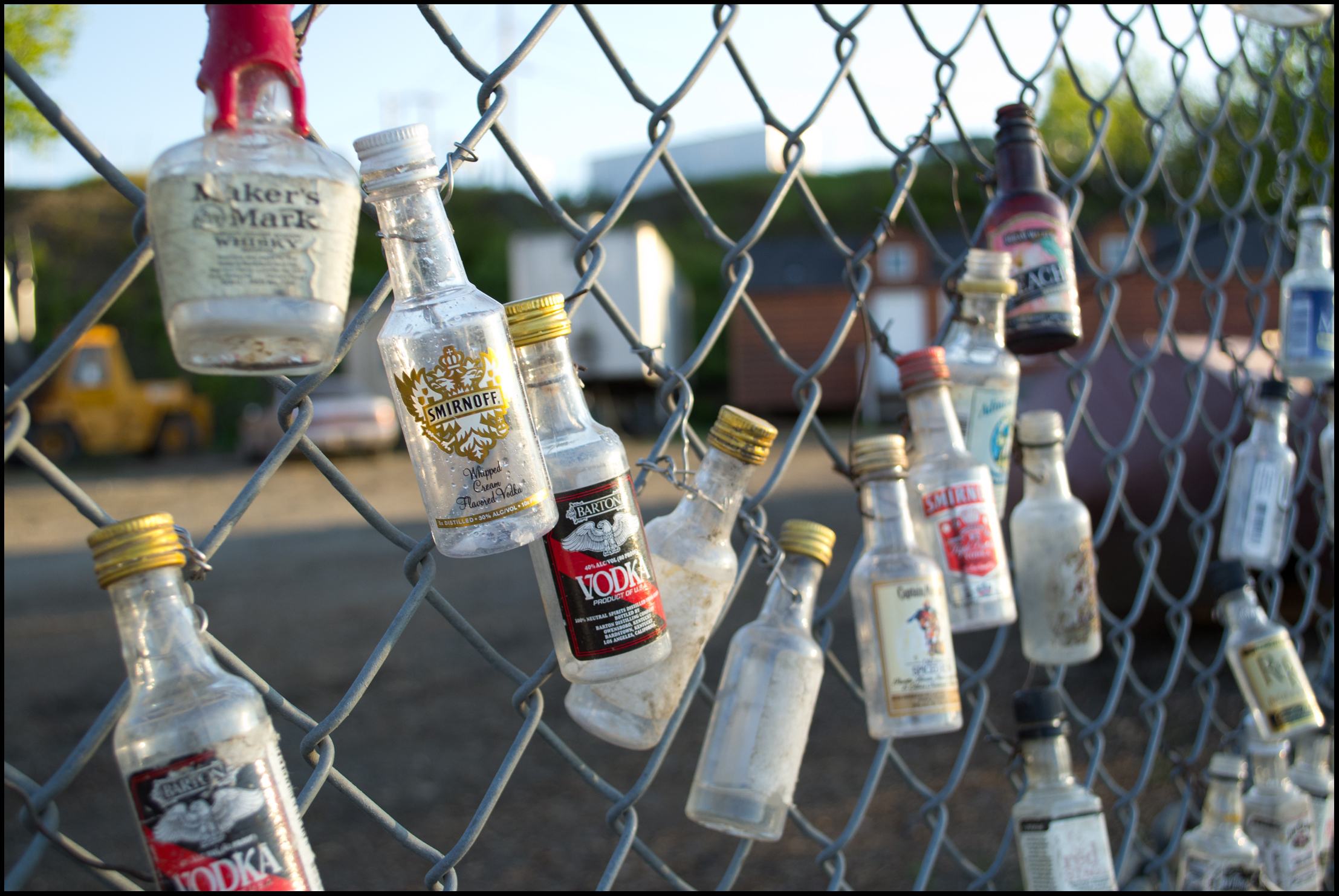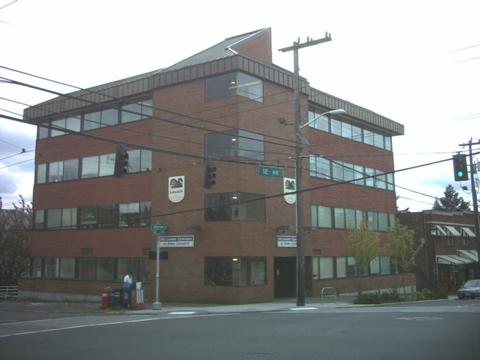“Bertha has been a fiasco.”
That very accurate sentiment was uttered Tuesday by Andy James, owner of Ye Olde Curiosity Shop, a Seattle waterfront institution where one can always count on finding live Mexican jumping beans and gooey slime from Mars.
James spent the day packing up, along with more than a dozen other businesses, including Ivar’s Acres of Clams and Elliot’s Oyster House, all of who will shut down tomorrow for at least nine months to make way for the $350 million seawall replacement project, expected to take three years.
“I guess we’re so far into this [tunnel] project that we can’t start over again,” reasons James, who has mixed feelings about Mayor Ed Murray’s recent announcement that Bertha’s well-publicized failures have resulted in delays that could add $200 million to the cost of the billion-dollar transformation of the downtown waterfront.
“But I will really miss having the concerts on the pier again,” laments James.
Blame it on Bertha. The viaduct was to have been torn down in 2016, but since the world’s biggest boring machine remains on the blink, 80 feet underground, whose massive cutter head won’t start churning again until at least next March, demolition of the viaduct will not commence until 2017 at the earliest.
“I don’t believe at this point we can move forward aggressively with planning until we actually solve the Bertha issue,” Murray told The Seattle Times in a phone interview from Ireland, where he has been speaking about gay marriage and business ties. “We’re going to continue moving forward with the waterfront, but at a much slower pace.”
A slower pace means modifications must be made or else it will exceed the $1.07 billion budget set in 2012 by $200,000, which includes up to $15 million in additional costs caused by inflation.
This means bidding farewell – for the time being, anyway – to the $25 million swimming-pool barge and $19 million to renovate a Marion Street pedestrian bridge. But the biggest savings comes from putting off the full replacement of the rotting former concert piers, now off-limits to crowds, at Piers 62/63, where there were plans to perhaps build a seasonal skating rink, and bring back sunset concerts.
“I really hope we can find a solution on the piers,” says Tom Norwalk, president and CEO of Visit Seattle. “The piers, and not so much the pool, is, I think, a lot more important to the community.”
Plans unveiled earlier this year for the new waterfront called for a 26-block promenade from the Stadium District to the Olympic Sculpture Park. Included in the ambitious $420 million makeover plan were nine acres of new public plazas, including perhaps cantilevered walkways made partially from glass, terraced gardens, a wave pool, and a seasonal swimming-pool barge—complete with hot tubs and changing rooms—tied up at Piers 62 and 63, bordered to the east by huge “sea stack” boulders and mist-spraying water jets.
“I always thought the hot tubs and the pool was sort of a goofy,” says Kyle Griffith, whose family built the Great Ferris Wheel at Pier 57. These days, the Griffith clan are continuing to work on their latest venture: an eight-block aerial tram with 38 passenger cabins gliding 30 feet above Union Street, moving down the waterfront along 2,678 feet of steel cable. (Click here to read “Gondola Dreamin’).
Griffith says the gondola plan, though, has largely gotten a cold shoulder from the waterfront project’s 45-member advisory committee. He adds that the waterfront plan is largely a good one, but that its chief flaw is that it does not provide for adequate parking. “So we are going to have this great waterfront, but we will not be able to get there,” grouses Griffith. “That’s why we think the gondola is such a good idea. But I guess the mantra is that somehow people will find a way.”
Now, if only Bertha could find a way.
